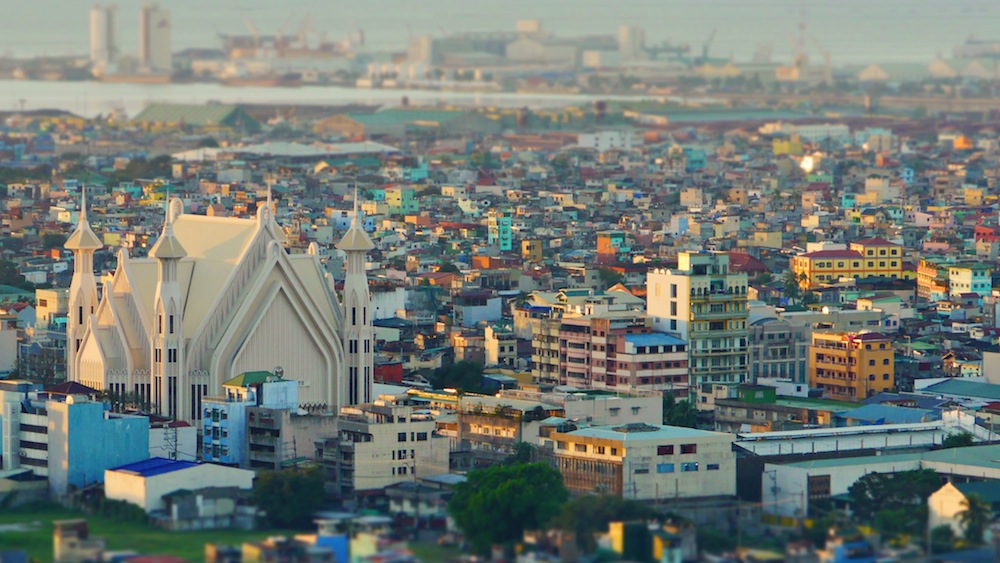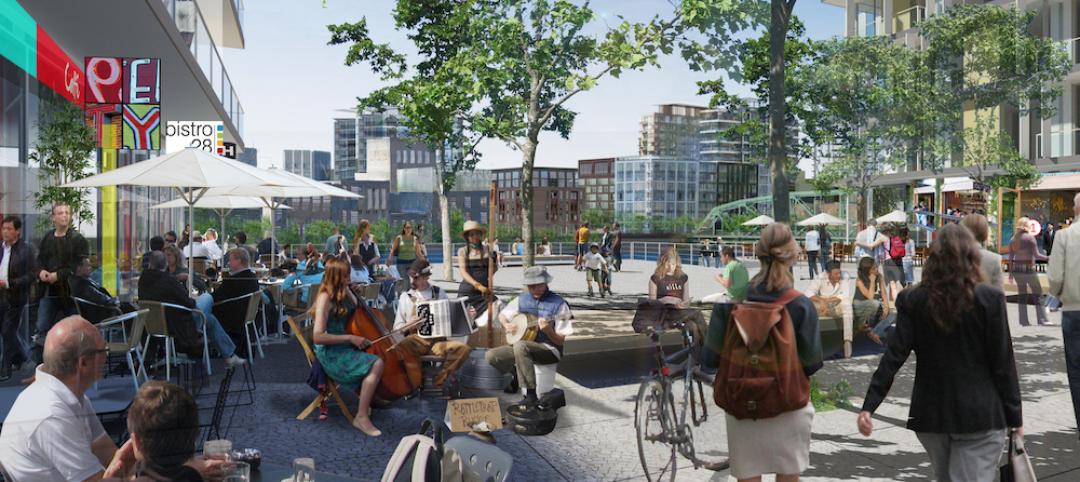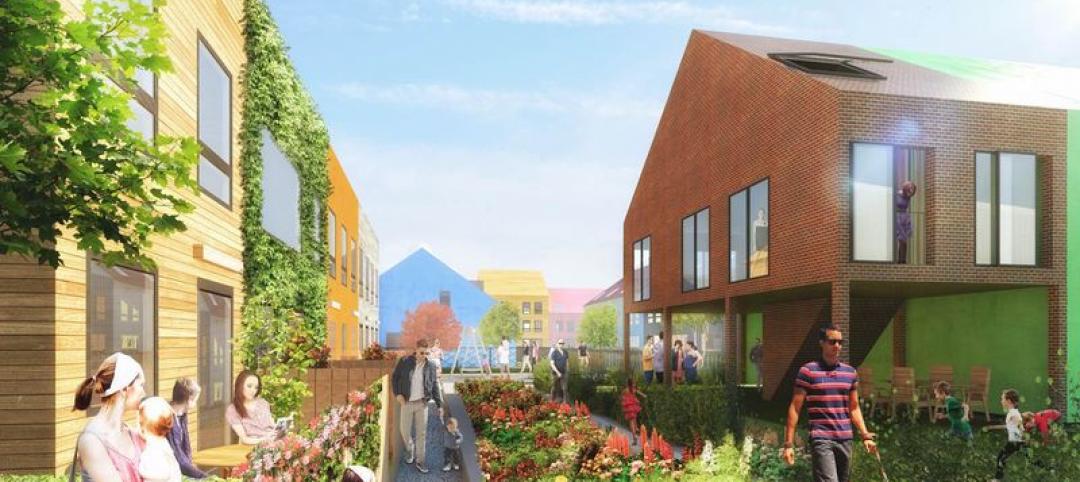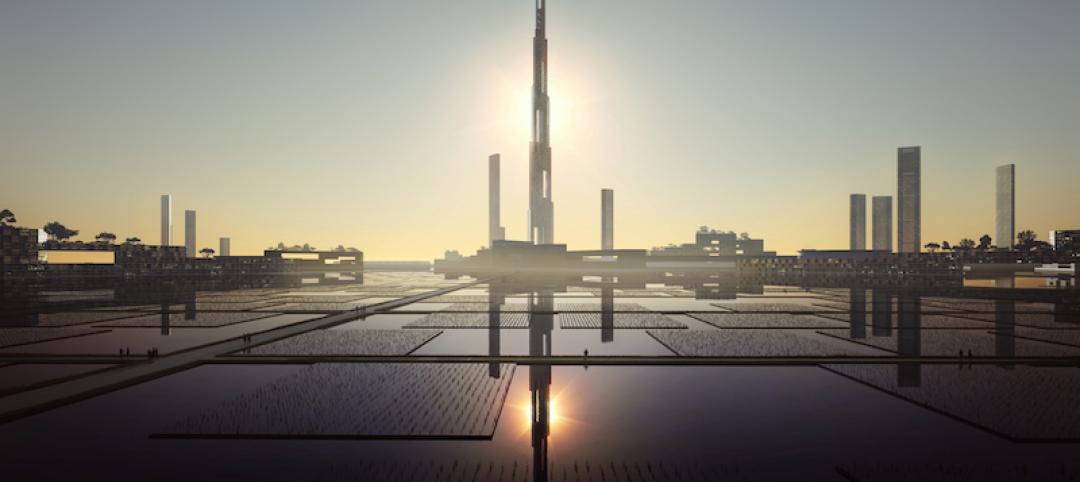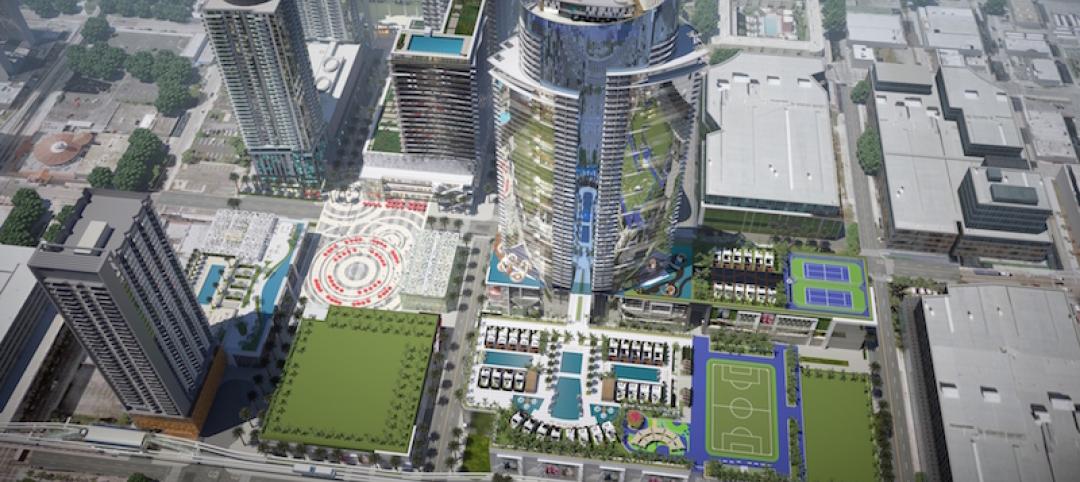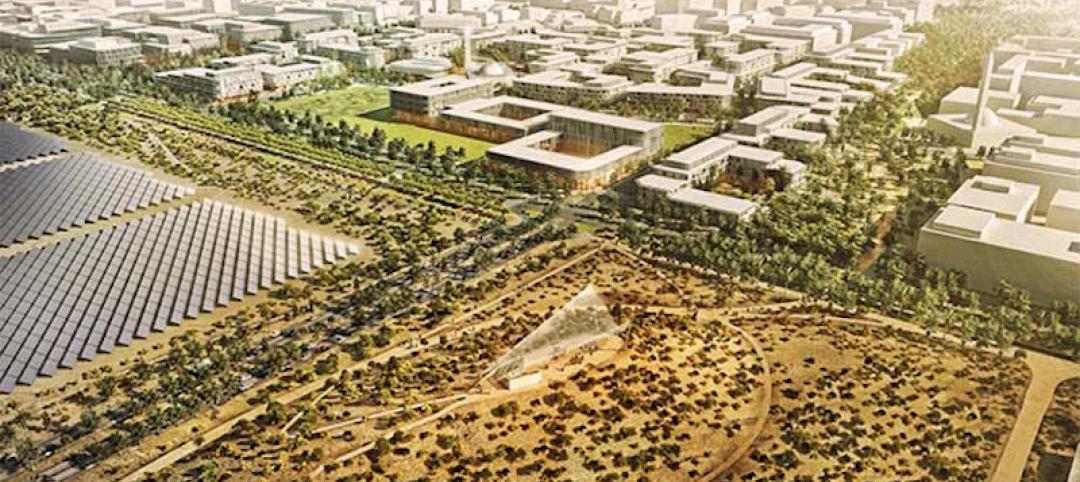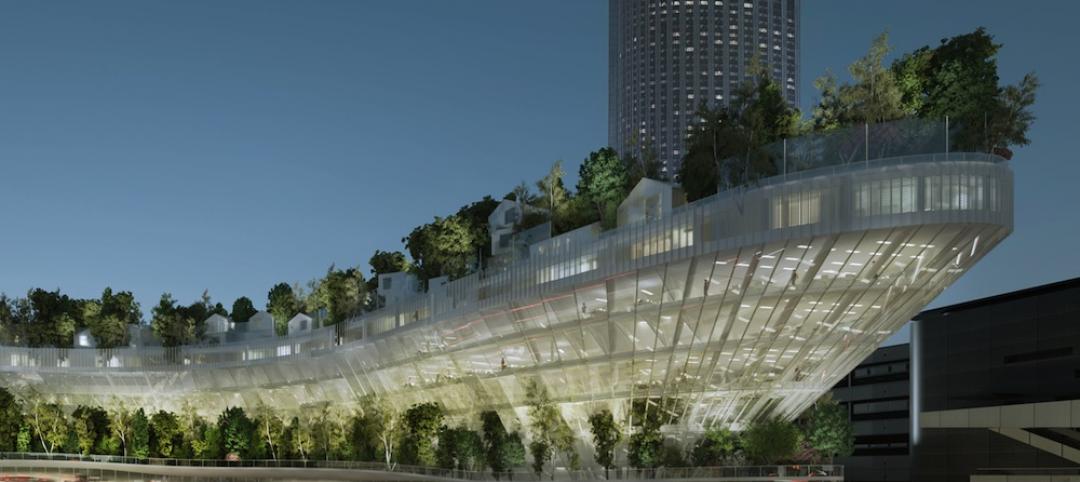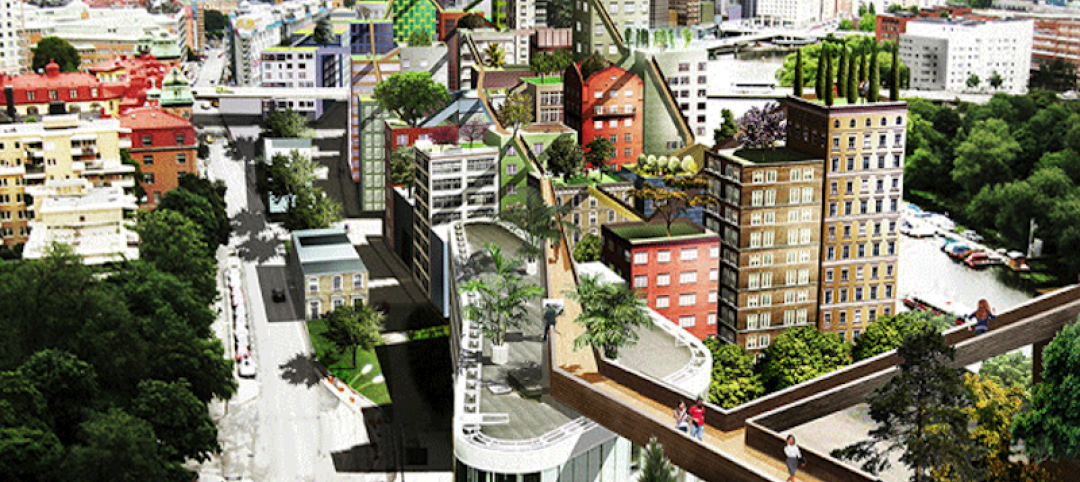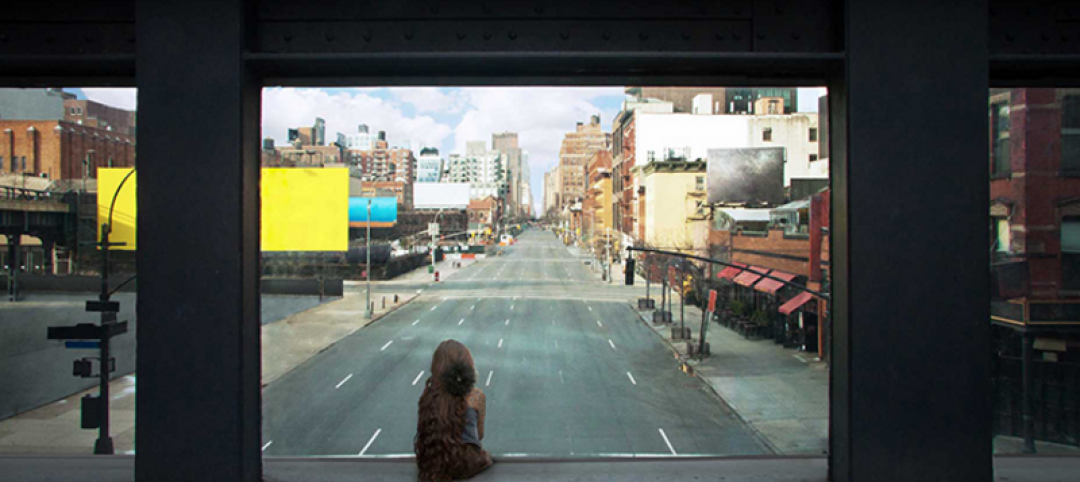Cities like Manila, Wuhan, and Dhaka are relatively unknown now, but that is soon changing.
CityLab examined a new report from the McKinsey Global Institute that identified 600 cities from across the world that will be responsible for 65% of global economic growth from 2010 through 2025. The growing cities could account for as much as $30 trillion a year.
Of the 600 cities, 440 of them, like the aforementioned ones in the Philippines, China, and Bangladesh, are in emerging economies. They will account for nearly half of the global GDP growth during that same time frame.
“One billion people will enter the global consuming class by 2025,” the summary of the report reads on McKinsey’s website. “They will have incomes high enough to classify them as significant consumers of goods and services, and around 600 million of them will live in the Emerging 440.”
The study notes that the earth’s center of economic gravity, calculated by weighing national GDP by each nation’s geographic center of gravity, was situated in central Asia through 1820 before shifting to the seas north of Europe over the last half century.
By 2025, however, the center of economic gravity will return to Asia, indicating that economic regions like China, South Asia, and Southeast Asia are on the rise.
The remaining 160 cities named in the report—developed metros like Tokyo, New York, and London—are projected to represent just 17% of growth between 2010 and 2025.
Related Stories
Urban Planning | May 16, 2016
5 steps to creating high-performance communities
Perkins+Will's Noah Friedman and Kristen Hall break down the essential ingredients to create a neighborhood that's accessible, comfortable, and vibrant.
Urban Planning | May 4, 2016
Brookings report details how different industries innovate
In the new report, “How Firms Learn: Industry Specific Strategies for Urban Economies,” Brookings' Scott Andes examines how manufacturing and software services firms develop new products, processes, and ideas.
Urban Planning | Apr 19, 2016
MVRDV wants to turn a former US Army barracks in Germany into a model for the future of suburban living
Blending traditional families with young couples and the newly retired, MVRDV hopes to transform traditional suburbs into diverse communities of shared experiences
High-rise Construction | Mar 10, 2016
Bigger, taller, wider: London’s skyline is about to have a major growth spurt
More than 100 tall buildings have been added to the plans for the capital city since this time last year, and the overall number of tall buildings planned for London is now over 400.
High-rise Construction | Feb 25, 2016
Kohn Pedersen Fox wants to build a mile-high tower in Tokyo
The tower would be the centerpiece of Next Tokyo, a mini city in Tokyo Bay adapted to climate change and rising tides.
Mixed-Use | Feb 18, 2016
New renderings unveiled for Miami Worldcenter master plan
The ‘High Street’ retail promenade and plaza is one of the largest private master-planned projects in the U.S. and is set to break ground in early March.
Green | Feb 18, 2016
Best laid plans: Masdar City’s dreams of being the first net-zero city may have disappeared
The $22 billion experiment, to this point, has produced less than stellar results.
Urban Planning | Feb 9, 2016
Winners named in 'reinventing Paris' competition
Architects submitted projects that redeveloped key parts of the city and incorporated green space features.
Urban Planning | Jan 21, 2016
Anders Berensson Architects re-imagines Stockholm as a city of skywalks
The Swedish firm’s "Klarastaden" plan connects the city via clear skyways that weave in and around the city’s buildings.
Urban Planning | Jan 19, 2016
Cities are booming, but do they have what it takes to sustain growth?
While cities are creating new jobs and attracting new residents, there are warning signs that suggest this current urban boom lacks the necessary sustainability that comes with focusing on the macro issues of community, affordibility, and displacement, writes Gensler’s Peter Weingarten.


